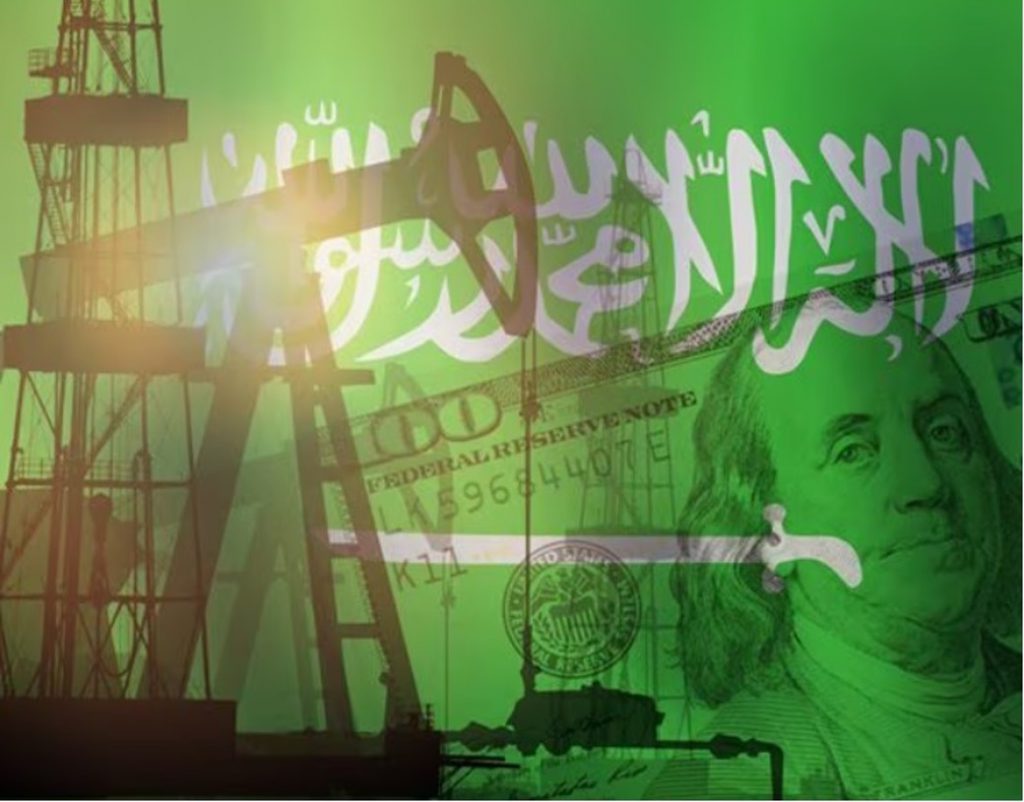What’s Happening Between the U.S. Dollar & Petrodollar?
A lot of hullabaloo is made about Saudi Arabia’s 50-year-old oil trade agreement with the U.S. dollar, commonly called the petrodollar. News is now doing the rounds that the deal was first signed in 1974 when Saudi Arabia agreed to accept the U.S. dollar for oil trade around the world.
Also Read: Russia Makes Major Announcement About BRICS Currency
The latest news reports indicate that the petrodollar agreement has ended and Saudi Arabia is free to ditch the U.S. dollar. However, in reality, no such agreement exists on paper and the deal is only someone’s figment of imagination. Declassified documents from the White House in 1974 show that no deal on the petrodollar exists.
Petrodollar: What Next For the U.S. Dollar?

The answer is simple, the petrodollar is still in place and the U.S. dollar is the de facto currency for oil payments. Saudi Arabia announced two years ago that the Kingdom is open to accepting local currencies for oil. However, countries around the world have been paying the U.S. dollar for trade settlements and not local currencies.
Also Read: Petrodollar: Chinese Yuan Can Rise Globally, Put US Dollar in Jeopardy
Additionally, Saudi Arabia’s local currency, the riyal is pegged to the U.S. dollar making the Kingdom rely on the USD. Local currencies are finding it hard to replace the U.S. dollar as the petrodollar still reigns supreme.
The latest data from the International Monetary Fund (IMF) shows that the U.S. dollar is the most used currency for oil. Around 59% of all SWIFT transactions for oil deals are made in the petrodollar. The move showcases the power of the U.S. dollar in the global oil and gas segment.
Also Read: BRICS Surpasses the US in Gas Trade to Europe
The Euro comes second taking up 20% of all oil transactions and the majority of these deals come from Europe. The Chinese yuan is used only 2% of all oil deals despite the currency challenging the U.S. dollar and petrodollar. In conclusion, the U.S. dollar is still the de facto currency for oil and the petrodollar is still in place.
